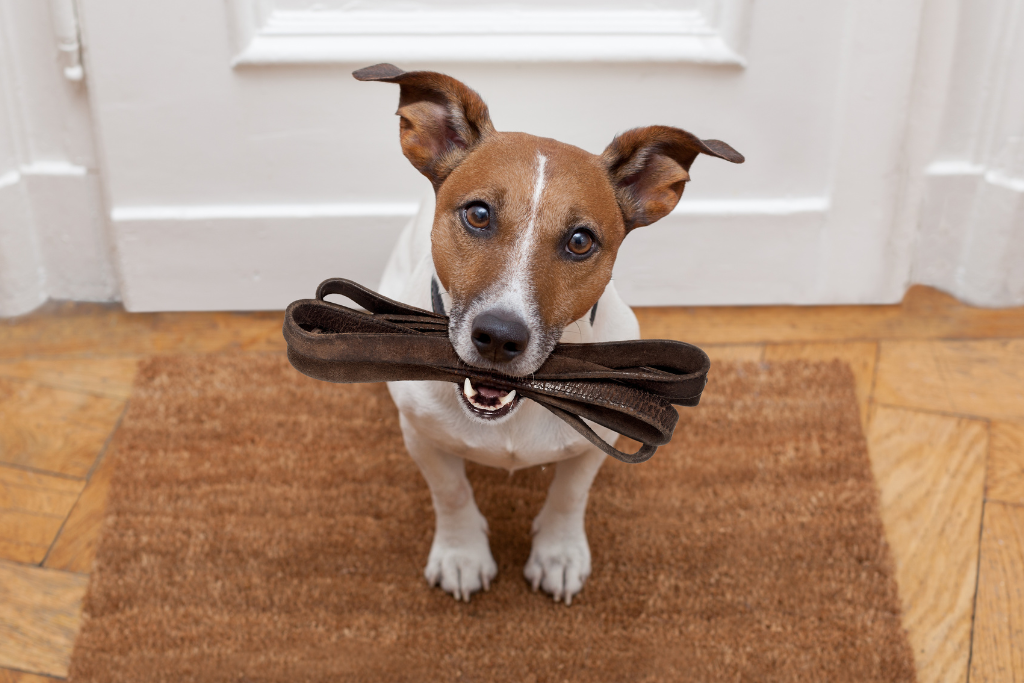
Introducing a New Cat to Your Pets
5 June 2025 +Bringing a new cat into your home is exciting, but it can also come with a bit of uncertainty—especially when other pets are already part ...

Does your dog constantly pull on their leash during walks? Has it made walking with them become a dreaded task? We’ve been there too, and we’re here to help! Training your dog to have good leash manners can be difficult and time-consuming, but it is never too late to start. With the right tools, tricks, and patience, even the worst pullers can be trained to walk with a loose leash!
Having the right equipment to walk your dog can make a huge difference when it comes to pulling. If you train your dog to stop pulling on the leash during walks, investing in quality, no-pull collars, harnesses, and leashes will be key to your success.
No-Pull Harnesses: Fitting your dog with a harness with 2 points of connection helps prevent the dog from pulling all their weight forward and putting you both out of balance. Connecting a leash to the dog’s chest and back enables the handler to “steer” the dog in their desired direction and encourages the dog to walk in balance with you. Products such as Halti’s no-pull or front control harnesses paired with their versatile Halti training lead have proven to be successful for many of our customers looking to teach their dogs to stop pulling.
Headcollars: These collars are built with one loop that goes around your dog’s nose and a strap that secures around the back of their head. A leash with two clasps to connect to the collar and the noseband is designed to discourage pulling by giving you control of the direction in which your dog walks. With the leash attached to the dog’s noseband, handlers can create tension when the dog tries to pull forward and redirect their attention back to where you want them to go. Gentle Leaders and Halti Headcollars are created to do this while ensuring your dog’s comfort.
Location & Frequency:
Treats:
Attention & Focus:
One of the most important things to incorporate into dog training is demanding your dog’s attention. When going for a walk:
Verbal Commands:
Before you begin teaching your dog proper leash manners, make sure they understand basic obedience commands such as “sit,” “stay,” “come,” etc.
These commands are helpful while leash training as they can be used alongside the attention and focus strategy. If your dog starts to pull, stop and wait for their attention, then give them a command such as “sit” or “heel.” If they perform this command for you, reward them with a treat before releasing them to start walking with another command, like telling them, “okay.”
Try out some of these training tips next time you take your dog for a walk, and remember that consistency is critical with this training!
Visit your local experts at your nearest Feeds ‘n Needs location to check out our great selection of quality leashes, no pull harnesses, headcollars and more! We are always happy to answer any questions you may have!